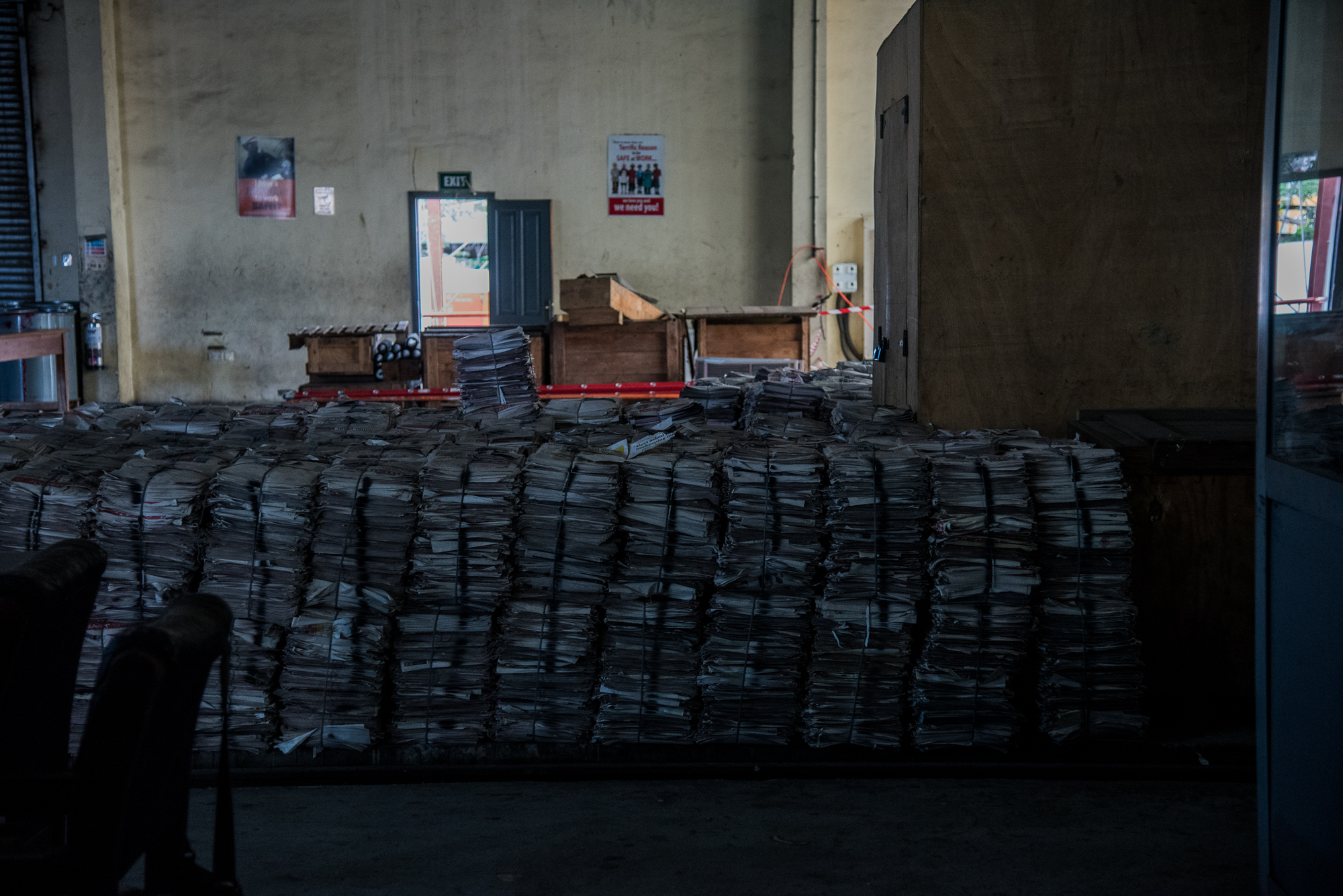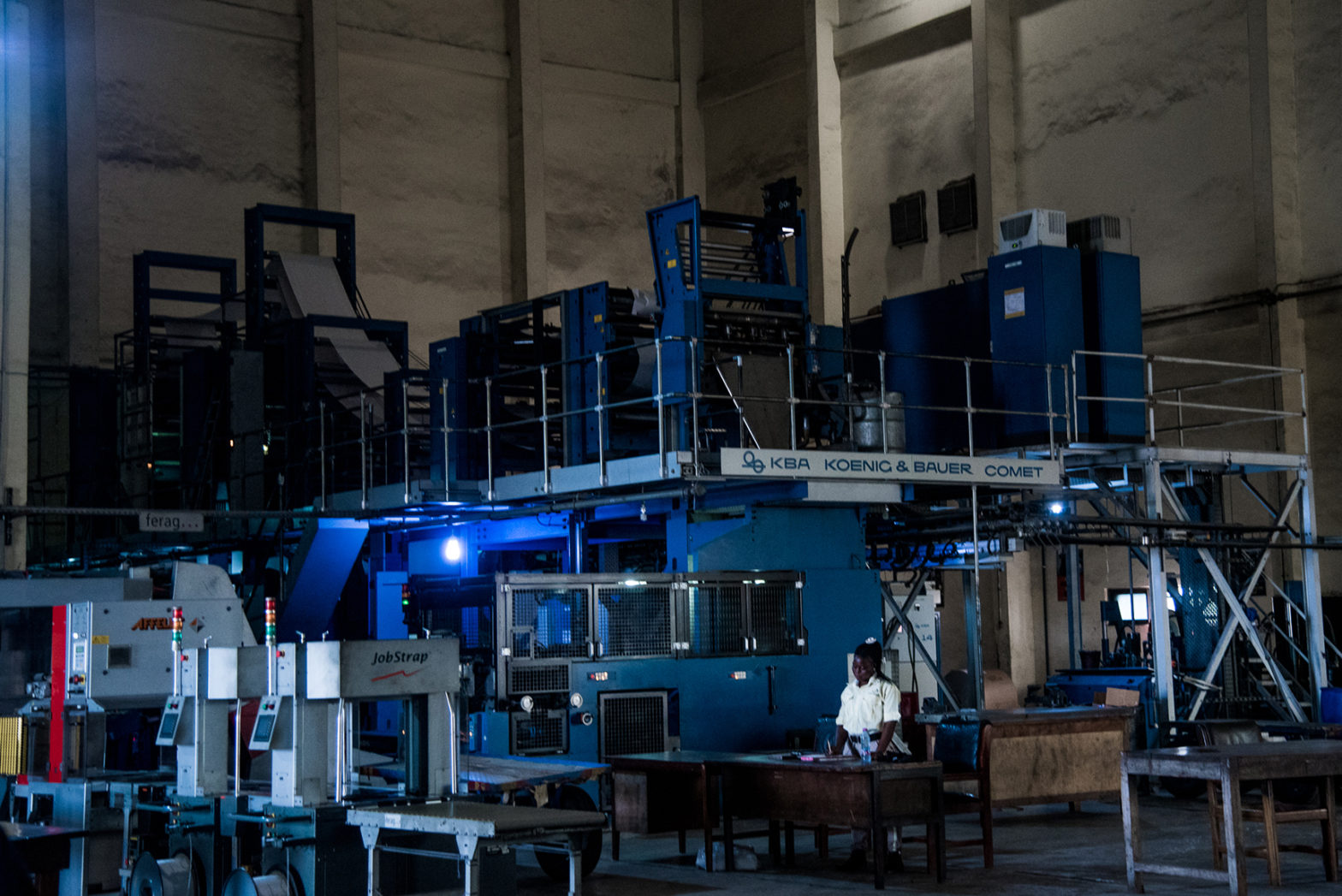by Sam Klein
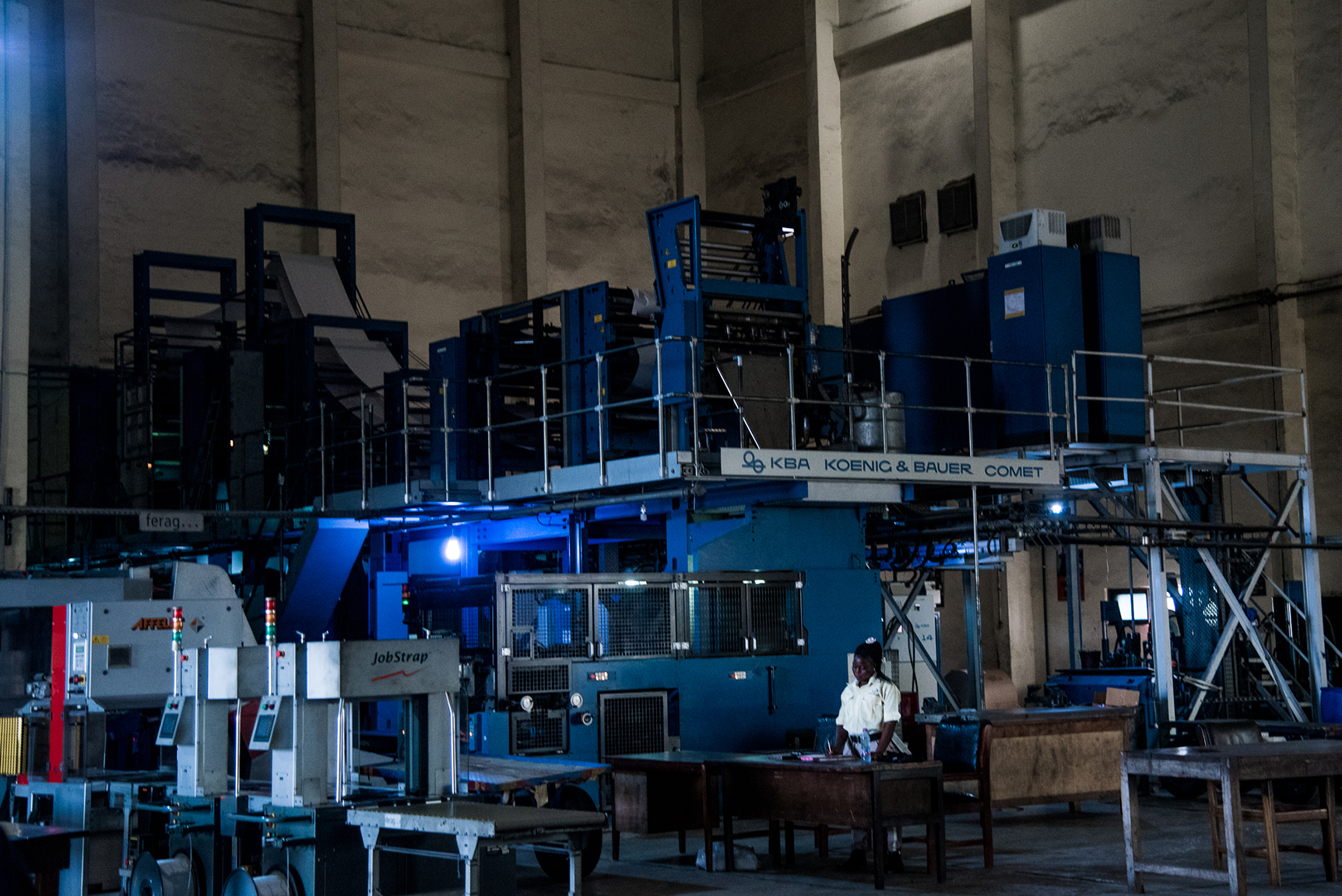
Ghana’s state-owned and largest publication, the “Daily Graphic,” prints daily from their Accra office. The printers work nearly round-the-clock, keeping up with the four daily prints — including one that starts daily at 8 p.m. in order to make the 1:20 a.m. departure for Kumasi, the capital of Ghana’s Ashanti region.
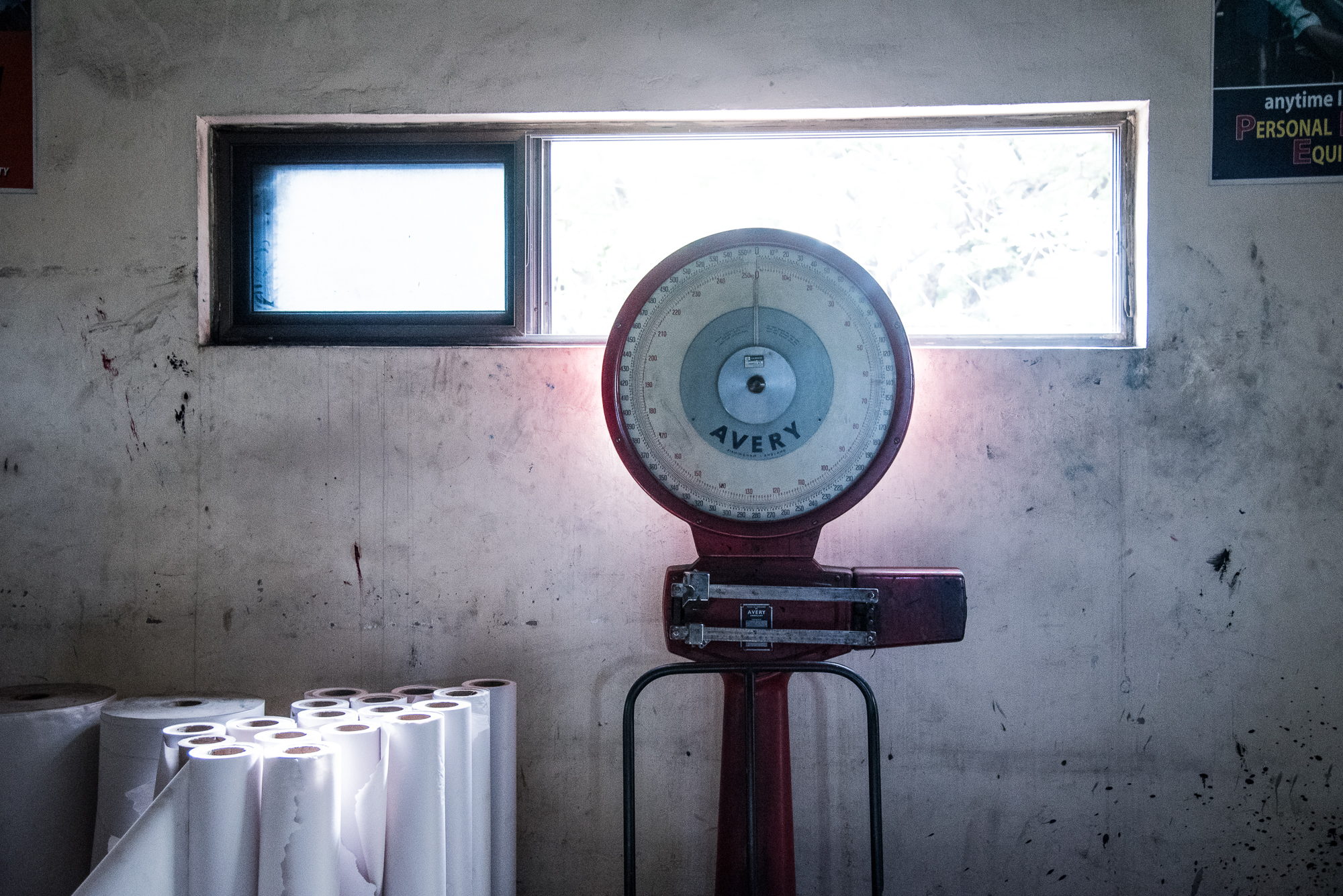
The Graphic prints 100,000 papers daily, with a total readership of 1.5 million, according to their Accra bureau news editor. When the final proofs go to print, the printing staff gives a glance over the headlines, ensuring that there are no glaring mistakes. If problems arise, the paper is sent back for corrections.
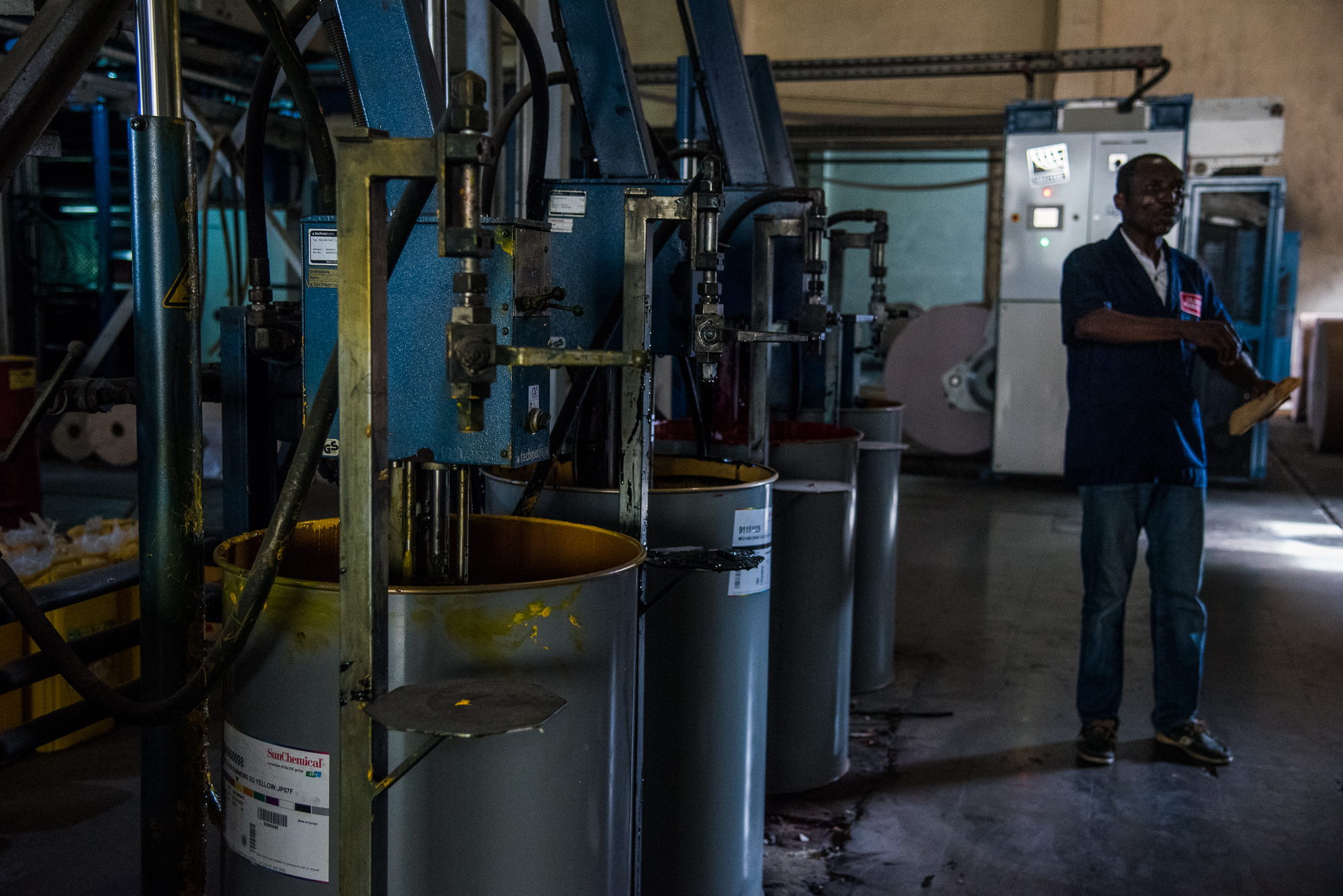
Funding for operations at the Graphic comes from the government, and it employs reporters stationed across the country. But the printing office is each day’s paper’s last stop — and the last line of defense for mistakes.
